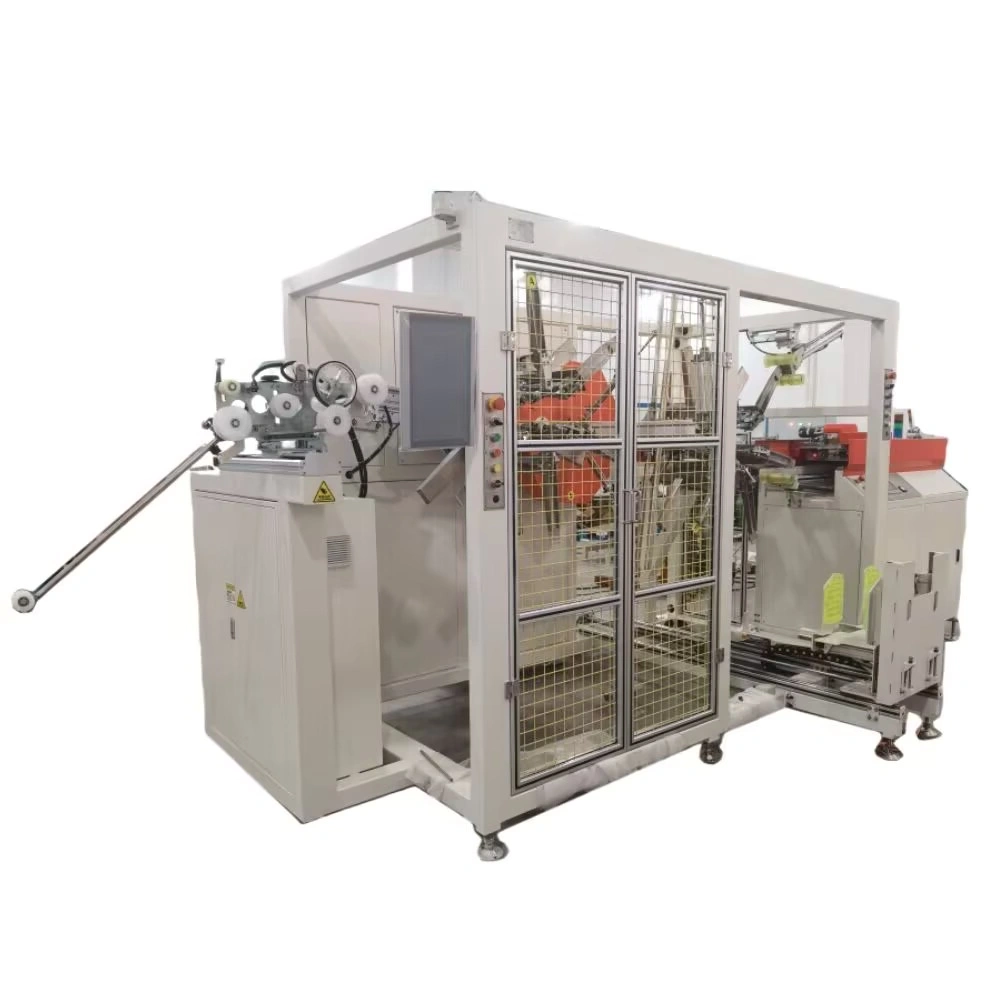Optimizing Production: A Guide to Automatic Pipe Coiling Machines
Manual coiling of pipes, hoses, or tubes can be a time-consuming and labor-intensive process, prone to inconsistencies and potential safety hazards. For operations demanding higher throughput, consistent quality, and improved efficiency, automatic pipe coiling machines offer a robust solution. This guide explores the functionality, benefits, and key considerations surrounding this essential industrial equipment.
What is an Automatic Pipe Coiler?
An automatic pipe coiler, also known as a pipe winding or coiling machine, is specialized equipment designed to automatically wind continuous lengths of flexible or semi-rigid pipe, tube, or hose into neat, manageable coils. These machines streamline the packaging process, preparing products for storage, transport, or further processing.
How Automatic Pipe Coilers Work
While designs vary based on application specifics, the fundamental operation of an automatic pipe coiler involves several key stages:
- Pipe Feeding: The pipe or tube is fed into the machine, often from an extruder or payoff stand. Guide rollers ensure proper alignment.
- Winding Mechanism: The pipe is guided onto a rotating coiling head, spindle, or drum. The machine carefully controls the winding speed and traverse motion (side-to-side movement) to create even layers and a stable coil structure.
- Tension Control: Maintaining consistent tension during winding is crucial to prevent pipe deformation and ensure a tight, uniform coil. Modern machines often employ sophisticated tension control systems.
- Length Measurement: Integrated sensors or encoders accurately measure the length of the pipe being coiled.
- Automated Cutting: Once the desired length is reached, an automated cutting mechanism cleanly severs the pipe.
- Coil Handling: Depending on the level of automation, the machine may automatically strap, wrap, or eject the finished coil for easy removal.

automatic pipe coiling machine, automatic hose coiling machine90
Key Components Typically Include:
- Coiling Head/Drum: The rotating element onto which the pipe is wound. Size and design vary based on required coil dimensions.
- Drive System: Motors and gearboxes that power the rotation of the coiling head and traverse mechanism.
- Traverse Unit: Guides the pipe back and forth across the coiling head for level winding.
- Control System (PLC): The machine's brain, managing speed, tension, length measurement, cutting, and other automated functions. Allows operators to set parameters via an HMI (Human-Machine Interface).
- Cutting Assembly: A blade or shear mechanism for automated cutting.
- Safety Features: Guarding, emergency stops, and interlocks to protect operators.
Core Benefits of Automating Pipe Coiling
Integrating automatic coiling machinery into a production line yields significant advantages:
Enhanced Efficiency and Productivity
Automated coiling operates continuously at speeds often unattainable through manual methods. This drastically increases throughput, reduces production bottlenecks, and frees up labor for other tasks.
Improved Coil Quality and Consistency
Machines produce highly consistent coils with uniform winding patterns, controlled tension, and accurate lengths. This reduces the likelihood of kinking, flattening, or tangling, ensuring a higher quality final product and minimizing material damage during handling and storage.
Enhanced Workplace Safety
Automating the repetitive and potentially strenuous task of manual coiling significantly reduces the risk of musculoskeletal injuries for operators. Enclosed guarding and automated handling features further minimize exposure to moving parts.
Reduced Material Waste
Precise length measurement and clean, automated cutting minimize scrap generated from inaccuracies inherent in manual processes. Consistent tension control also prevents damage that could lead to material rejection.
Labor Cost Savings
By automating the coiling process, manufacturers can reallocate labor resources more effectively, reducing the direct labor cost associated with manual winding and handling.
Key Considerations When Selecting a Pipe Coiler
Choosing the right automatic pipe coiler requires careful evaluation of specific application needs:
- Pipe Material and Characteristics: Consider the flexibility, rigidity, and surface sensitivity of the pipe (e.g., PEX, corrugated conduit, hydraulic hose, PVC).
- Diameter and Size Range: Ensure the machine can accommodate the minimum and maximum pipe diameters you process.
- Coil Specifications: Define the required inner diameter (ID), outer diameter (OD), width, and maximum weight of the finished coil.
- Speed and Throughput: Match the coiler's production rate to your line speed and output requirements.
- Level of Automation: Determine the need for features like automatic strapping, stretch wrapping, coil ejection, or integration with robotic palletizing systems.
- Integration: Consider how the coiler will interface with upstream equipment (like extruders) and downstream processes.
- Space and Footprint: Ensure adequate floor space for the machine and associated handling areas.
Maintaining Your Automatic Pipe Coiler
Regular maintenance is crucial for ensuring the longevity, reliability, and safety of your coiling equipment. Key practices include:
- Routine Inspections: Regularly check belts, chains, bearings, guides, and cutting blades for wear or damage.
- Lubrication: Follow the manufacturer's recommended lubrication schedule for all moving parts.
- Calibration: Periodically verify the accuracy of length measurement systems.
- Safety Checks: Ensure all guards, interlocks, and emergency stops are functioning correctly.
- Cleaning: Keep the machine free of debris and product residue.

Conclusion
Automatic pipe coiling machines are indispensable tools for modern manufacturing operations dealing with pipes, tubes, and hoses. By automating the winding process, businesses can achieve significant improvements in production speed, coil quality, consistency, and operator safety, while simultaneously reducing material waste and labor costs. Evaluating specific production requirements against the capabilities of available machinery is key to selecting a system that delivers optimal performance and a strong return on investment.